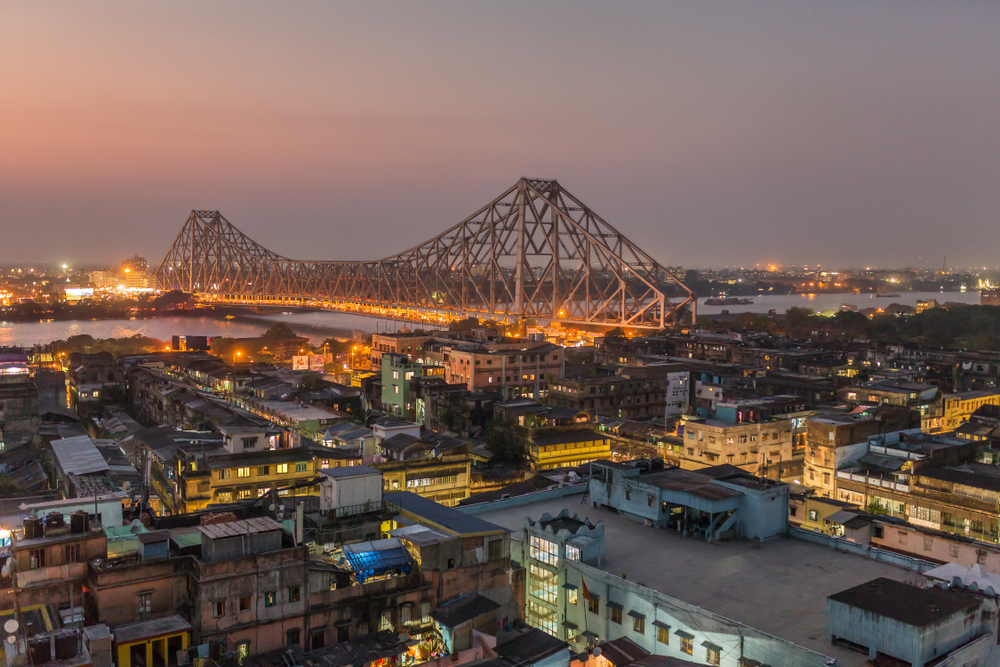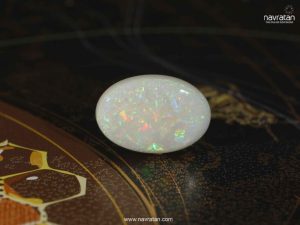
Durga Puja, the grand festival celebrating the triumph of good over evil, holds a special place in the heart of Kolkata. This annual event, dedicated to the worship of Goddess Durga, transforms the city into a vibrant and festive landscape, attracting millions of devotees and tourists from all corners of the world. The celebration of Durga Puja in Kolkata is not just a religious event; it is a cultural extravaganza that embodies the spirit, creativity, and fervor of the city.
Historical Significance
Durga Puja commemorates the victory of Goddess Durga over the buffalo demon Mahishasura, symbolizing the victory of good over evil. This festival is celebrated with immense zeal and enthusiasm in West Bengal, particularly in Kolkata, where it is the most significant event of the year. The origins of Durga Puja in Kolkata can be traced back to the late 16th century, with the first recorded community puja (barowari puja) being organized in the 18th century. Over the centuries, the celebration has evolved, blending traditional rituals with contemporary art and culture.
Preparations and Rituals
The preparations for Durga Puja begin months in advance. Artisans in Kumartuli, a famous potter’s locality in Kolkata, start crafting the idols of Goddess Durga and her entourage (including her children Lakshmi, Saraswati, Ganesha, and Kartik) from clay. These idols are intricately designed and painted, reflecting the artistic brilliance and devotion of the craftsmen.
The festival officially begins on Mahalaya, a day that marks the arrival of the goddess on Earth. Devotees wake up early to listen to the enchanting recitation of Mahishasura Mardini, a collection of shlokas and songs celebrating Durga’s victory. This day sets the tone for the upcoming festivities.
The main celebrations span five days, starting from Shashthi (the sixth day) to Vijayadashami (the tenth day). Each day has its own set of rituals and significance:
- Shashthi: On this day, the idols are unveiled and the rituals begin with Kalparambha, Bodhon, Amontron, and Adhibas.
- Saptami: The day starts with the bathing of a banana tree (Kola Bou), which symbolizes the goddess and is placed beside Lord Ganesha.
- Ashtami: Considered the most significant day, it features the Sandhi Puja, marking the transition between Ashtami and Navami. Devotees participate in Anjali (offering of flowers) and Kumari Puja, where young girls are worshipped as embodiments of the goddess.
- Navami: The day is marked by Maha Arati and Bhog, with offerings of special dishes to the goddess.
- Vijayadashami: The final day of the festival is celebrated with the immersion of the idols in water bodies, symbolizing the return of the goddess to her celestial abode. Women engage in Sindoor Khela, smearing each other with vermilion, and bidding farewell to the goddess with heavy hearts.
Pandals and Themes
One of the most captivating aspects of Durga Puja in Kolkata is the creation of elaborate pandals (temporary structures) that house the idols. These pandals are often themed, reflecting various artistic, cultural, and social messages. Each year, pandal organizers compete to create the most innovative and visually stunning structures, drawing inspiration from mythology, history, contemporary events, and global cultures.
Visitors can experience a myriad of themes, from replicas of famous temples and monuments to scenes depicting social issues and environmental concerns. The artistry involved in these creations is awe-inspiring, with meticulous attention to detail and craftsmanship.
Cultural Extravaganza
Durga Puja in Kolkata is not just about religious rituals; it is a celebration of Bengali culture in its entirety. The festival is accompanied by a plethora of cultural activities, including traditional music and dance performances, drama, and art exhibitions. Streets and neighborhoods come alive with fairs, food stalls, and various entertainment options.
Food plays a central role in the festivities, with traditional Bengali delicacies being served in abundance. From mouth-watering sweets like rasgulla and sandesh to savory dishes like luchi, alur dom, and bhog (a special offering of rice, lentils, vegetables, and sweets), the culinary delights of Durga Puja are a treat for the senses.
Community and Togetherness
Durga Puja fosters a sense of community and togetherness. It is a time when families and friends come together to celebrate, irrespective of their social or economic backgrounds. The festival bridges gaps and strengthens bonds, promoting a spirit of unity and harmony.
Local clubs and residential societies play a crucial role in organizing community pujas, where everyone contributes and participates. These community pujas often serve as platforms for social interaction and engagement, reinforcing the communal fabric of the city.
The Global Appeal
Durga Puja in Kolkata has gained international recognition, with UNESCO inscribing it on the Representative List of the Intangible Cultural Heritage of Humanity in 2021. The festival attracts visitors from around the world who come to witness the grandeur and partake in the celebrations. This global appeal not only showcases Kolkata’s cultural heritage but also promotes tourism and economic growth.
Conclusion
Durga Puja in Kolkata is a festival that transcends religious boundaries, embodying the city’s spirit, creativity, and resilience. It is a time when tradition and modernity blend seamlessly, creating an atmosphere of joy, devotion, and cultural pride. As the city lights up and reverberates with the sounds of dhak (traditional drums) and chants of “Bolo Durga Mai Ki Jai,” one can truly experience the magic and magnificence of this grand celebration.




